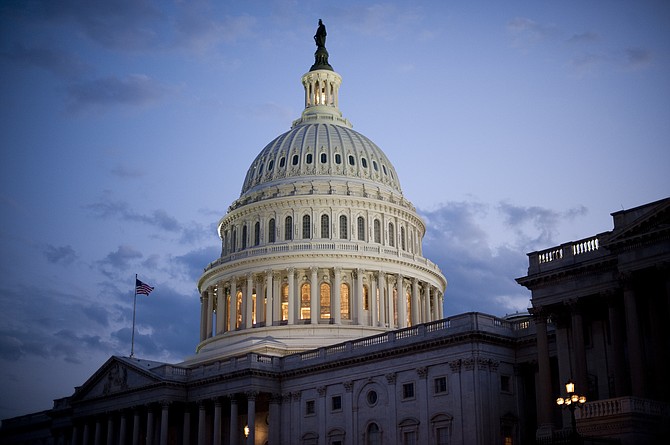For years the US national debt limit has been a persistent political issue, pitting Democrats against Republicans. As the latest deadline for the approval of a new limit approaches, with a cut-off date of March 2023, the question is whether the two parties can find common ground and agree to raise the size of the US sovereign debt.
In essence, this ceiling is a limit on the amount of debt the US government can issue, which is set by Congress. When the limit is reached, the state becomes barred from further borrowing. As the US government relies on borrowing to fund its operations, reaching this limit can have dire consequences. Without the ability to borrow, the US government would have to cut spending, and even default on its obligations.
In the past, both parties have used the debt ceiling as a bargaining chip, leading to tense negotiations and last-minute approvals. The most recent stand-off in 2019 resulted in a temporary agreement that suspended the limit until July 2021. The deadline was then extended to March 2023, due to the COVID pandemic and related economic concerns.
Currently, the political climate in the US is very polarised, with the Democrats holding a slim majority in the Senate but a minority in the House of Representatives. This means that any rise in the debt ceiling will require support from law makers belonging to both parties. However, the Republicans have indicated they are not willing to support an increase without significant concessions from the Democrats, including cuts on the Inflation Reduction Act (IRA), a federal law recently signed by President Biden that involves large state-sponsored spending.
The IRA entails spending in the order of $738bn, including funding for social programmes, climate initiatives and infrastructure projects. The Republicans have criticised the package as excessive and argue it will increase the deficit and debt. The Democrats argue that the spending is necessary to address long-standing social and environmental issues and stimulate economic growth.
As the deadline for the approval of the debt ceiling approaches, there are two possible scenarios for how the stand-off could play out in 2023. The first and most desirable outcome is that the Democrats and Republicans will come together and approve an increase before the March deadline, avoiding any disruption to the US economy and government operations.
The worst-case scenario is that the two parties will be unable to come to an agreement, and the US government will default on its obligations. This would have catastrophic consequences for the American people and the global economy. To mention just a couple of major points of disruption: Those in the military would go unpaid, and beneficiaries of social security payments, which include tens of millions of pensioners and families on child tax credits, would no longer receive financial support.
As the US dollar is the world’s reserve currency, a default would shatter confidence in the US government’s ability to meet its financial obligations, leading to a steep decline in the value of the greenback. In addition, a US default would impact the global economy, leading to a ripple effect in international markets, which rely on the stability of the dollar. Let us hope that partisan politics can be put aside, at least momentarily, and common sense prevails. The alternative is a scenario where everyone loses.






Comments
Use the comment form below to begin a discussion about this content.
Sign in to comment
Or login with:
OpenID